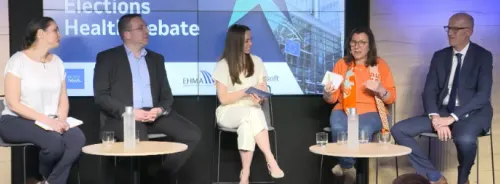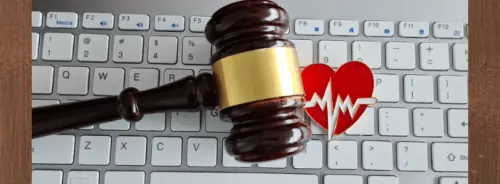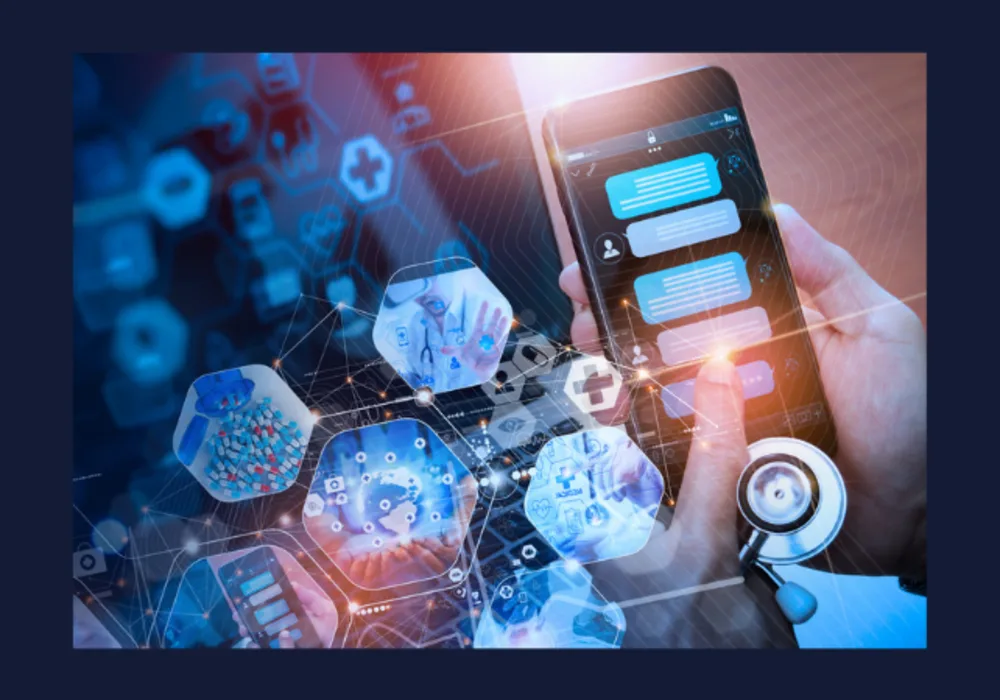Clinician burnout is increasingly prevalent, partly due to the burdensome nature of managing patient messages in electronic health record (EHR) systems. While patient portals enhance transparency, they also escalate workload, contributing to burnout. Proposed strategies include triaging messages, implementing fees, and using templated responses. Integrating generative AI, like ChatGPT, into EHR systems could alleviate this burden by offering draft responses for clinician approval. Initial studies show promise, though challenges such as inaccuracies and managing emotionally charged messages persist. A study recently published in JAMIA Open evaluates the feasibility of using AI to assist with negative patient messages in EHRs, aiming to compare AI-generated responses with actual clinician responses. The findings and implications for future implementations are discussed.
Analysing LLM Responses in Patient Messaging
The study, approved by the UCSD Institutional Review Board, involved analysing patient messages from the UCSD Health EHR sent to physicians. A sample of messages with negative sentiment was selected, and both the original patient messages and historical clinician responses were evaluated. Using an LLM (GPT-3.5), responses were generated for patient messages without additional prompts. Themes were identified through comparison between LLM-generated and clinician responses. Iterative analysis identified common themes, validated by the study team. Response lengths were also compared. A second analysis was conducted with a simple prompt to explore potential improvements in LLM responses. The study aimed to assess LLM effectiveness in responding to patient messages and the impact of prompts on response quality.
Evaluating LLM Effectiveness and Challenges
The study found that the LLM consistently generated coherent responses for patient messages without errors or downtime. However, LLM responses were generally more extended and less personalised compared to clinician responses. Themes emerged, highlighting differences in relational connection, informational content, and recommendations for next steps. LLM responses often recommended consulting a healthcare provider, while clinician responses already embodied the provider's perspective and varied in tone and content. Clinician responses were more specific and tailored to the patient's situation, providing reassurance and guidance. In contrast, LLM responses sometimes lacked specificity and could potentially escalate situations. Prompting improved LLM responses by reducing self-referencing as an AI model and providing more clinician-like responses, though some issues persisted. Overall, prompted LLM responses could serve as helpful starting drafts for clinicians but may still require refinement.
Highlighting the Importance of Clinician Involvement
The study conducted a thorough analysis of the use of LLMs to draft responses to patient messages in EHR systems. While LLMs demonstrated feasibility in generating responses, they exhibited notable differences from clinician responses. These variances encompassed relational connection, informational content, and recommendations for next steps. One key observation was that LLMs often advised patients to seek healthcare provider consultation or self-referenced as an AI model, although such issues were mitigated through prompting. However, challenges arose when LLMs occasionally provided medical advice beyond their intended use. Furthermore, the quality of LLM responses varied based on the presence or absence of prompts.
Differences between LLM-generated and clinician responses highlighted the importance of clinician involvement in patient communication. Clinical teams often expedited follow-up actions, such as arranging immediate appointments, which could have been delayed if relying solely on LLM-generated responses. Moreover, some LLM responses risked exacerbating situations or harming the clinician-patient relationship, emphasising the need for human oversight in the process.
Recognising the Potential of AI in Patient Communication
Despite these challenges, the study recognised the potential benefits of AI assistance in patient communication. The institution initiated a pilot programme, disclosing to patients when LLMs were involved in drafting responses, with final approval by clinicians. Future applications could incorporate patient histories and individual features into prompts, enabling LLMs to generate more personalised responses. Additionally, LLMs could assist in population health initiatives by tailoring messages to diverse patient demographics and aiding in medication adherence and follow-up procedures. The study outlined several potential future directions, including utilising deep learning to summarise longitudinal patient data and provide clinicians with draft messages, thus alleviating the time and cognitive burden associated with EHR messaging.
While acknowledging the study's limitations, such as the small sample size and absence of patient clinical data training for LLMs, the findings laid a foundational framework for future large-scale analyses and the integration of LLMs into clinical environments, while ensuring patient trust and clinician involvement.
Source: JAMIA Open
Image Credit: iStock






